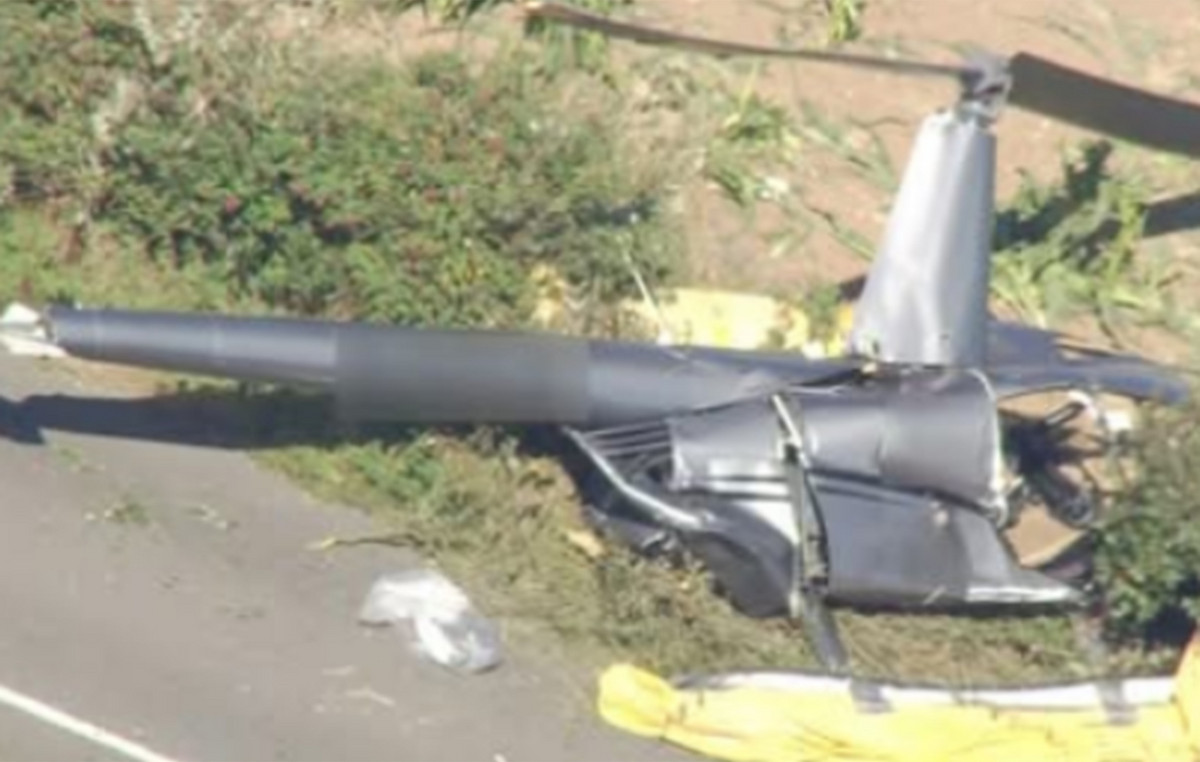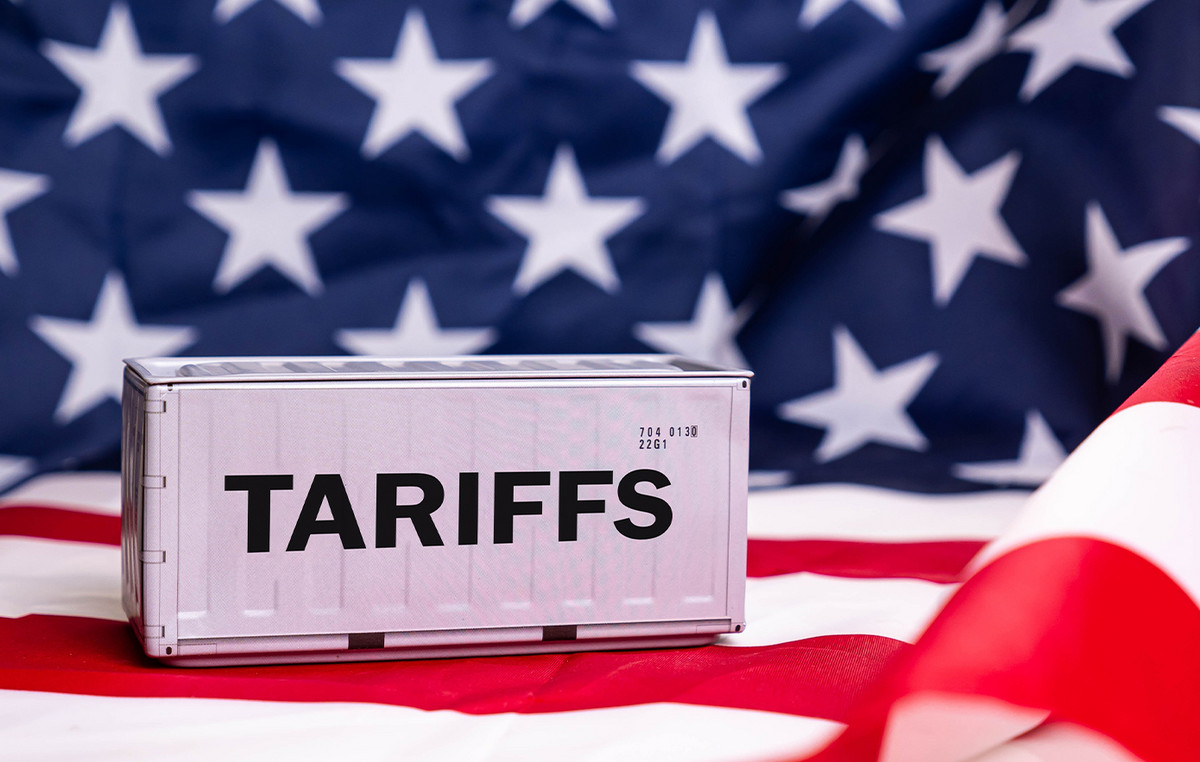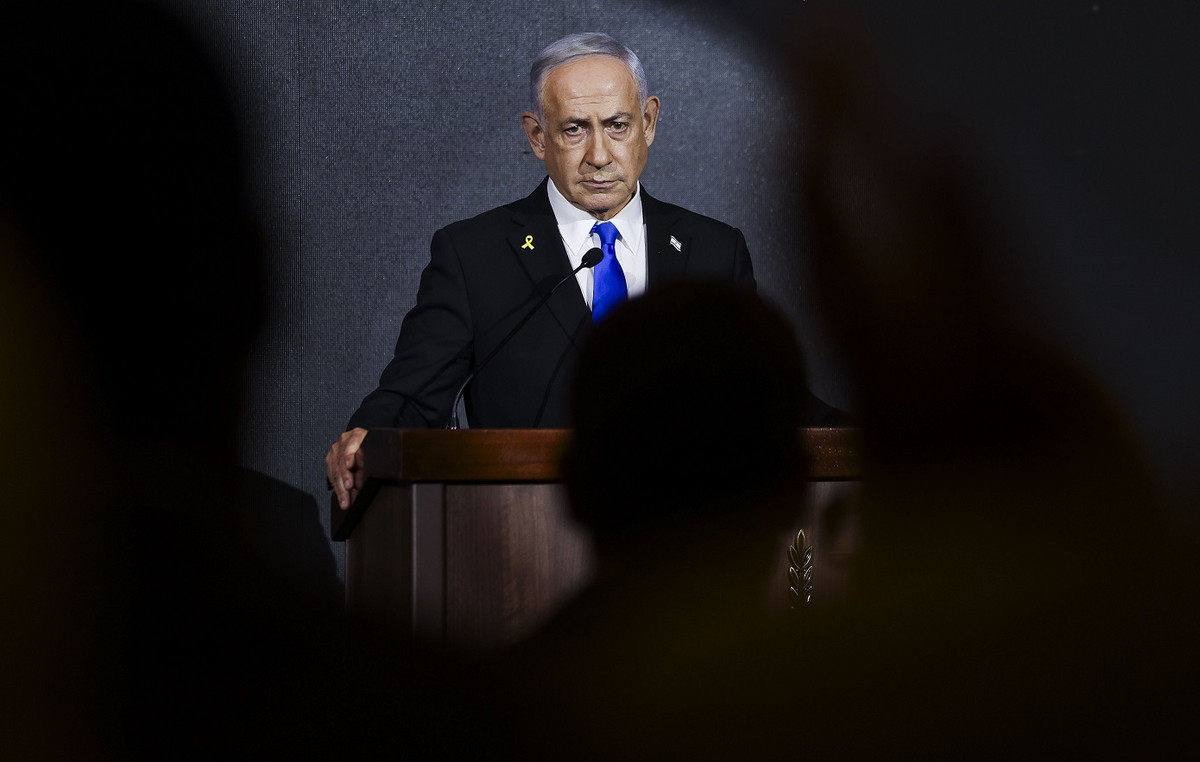The spacecraft Starship from the Spacex the upper part of the most powerful launch system ever built , exploded during his eighth test flight On Thursday (6), interrupting air traffic and marking the second consecutive flaw of the vehicle this year.
Starship’s non -manned mission took off at 5:30 pm CT (8:30 pm GMT) of Spacex Starbase facilities in South Texas, with the spacecraft mounted at the top of a propeller rocket Super Heavy 71 meters high.
After about 2 and a half minutes of ignition, the Super Heavy propeller separated as planned in the Starship upper stage, preparing for a successful landing inside the arms of “stinks” of “Mechazilla”, or the Spacex launch tower near Brownsville, Texas. It is the third time Spacex successfully performs the capture of the propeller by the chopsticks.
But less than 10 minutes after the flight, the Starship ship, which had continued toward the space, began to have problems. Several vehicle engines turned off visibly during live broadcast, and the ship began to spin before Spacex lost contact with it.
“Once you lose enough central engines, you will lose attitude control,” said Dan Hot, Spacex communications manager in live broadcast. “And then we saw the ship start entering a spin, and at this point we lost contact with the ship.”
The signal loss occurred approximately at the same point during this mission as flight 7 in January, when Starship exploded on Turks and Caicos populated islands, spreading debris through the islands.
It was not confirmed where exactly the vehicle exploded during Thursday’s mission. But the explosion was visible from parts of Florida and on the Caribbean, according to reports of residents of these places shared with the CNN .
Interrupted air traffic
The Federal Aviation Administration of the United States (FAA) interrupted flights to Miami, Fort Lauderdale, Palm Beach and Orlando airports on Thursday due to “falling space debris” until 20h et (10pm in Brasilia).
FAA also temporarily prevented flights from Fort Lauderdale/Hollywood and Miami International Airport. The flights leaving these airports were still delayed on average 30 and 45 minutes, respectively, on Thursday night.
“We have many measures in force, such as areas of response to debris, where we coordinate very closely with air traffic control,” Hot said in the live broadcast. “We have many measures implemented before we launch a rocket to ensure that we are keeping the audience safe. They worked the last time and are actively in operation now. ”
Spacex shared an update with some details about the incident several hours after the flight.
“Prior to the end of ascension burning, an energy event at the back of the Starship resulted in the loss of several raptor engines,” according to a Spacex statement. “This, in turn, led to a loss of attitude control and finally to a loss of communications with the Starship. The final contact with Starship occurred approximately 9 minutes and 30 seconds after takeoff. ”
Spacex said Starship flew into a designated launch corridor.
“Any surviving debris would have fallen into the response area to pre-planned debris,” according to the statement. “There are no toxic materials present in the debris and no significant impact expected to occur in marine species or water quality. If you believe you have identified a piece of debris, contact the local authorities or the direct line of Spacex debris. ”
Meanwhile, FAA is requiring Spacex to conduct an incident investigation into the loss of the Starship vehicle, according to a statement issued by the agency.
“An incident investigation is designed to improve public safety, determine the root cause of the event and identify corrective actions to prevent it from happening again,” according to the statement. “FAA will be involved in all stages of the incident investigation process led by Spacex and should approve the final report of Spacex, including any corrective actions. A return to the flight is based on the determination of FAA that any system, process, or procedure related to the incident does not affect public safety. ”
The launch of Thursday was Spacex’s second attempt to make flight 8. The company canceled an attempt on Monday due to “many doubts”, according to Spacex CEO Elon Musk.
The explosive incident of flight 7
Thursday’s release took place seven weeks after an explosive incident prematurely ended Starship’s seventh test flight, spreading debris on the Turks and Caicos islands on January 16.
FAA – which licenses commercial rocket launches – is still overseeing an investigation into the incident, but the agency gave Spacex Signal on February 28 to launch flight 8. The agency noted that the investigation into flight 7 was underway, but the FAA determined that Spacex had “met all safety requirements for the suborbital test flight”, according to a statement.
In your statement to CNN Following the flight of flight 7 in January, FAA said it informed the government of Turks and Caicos that the archipelago was located within a potential risk area related to the launch of Starship.
The agency also said that before the test flight launched, it required Spacex to map “sufficient risk areas to ensure that the likelihood of victims for a land member on land or aboard a sea vessel did not exceed one in one million.”
“No Caribbean island, including Turks and Caicos, exceeded this limit,” the agency said.
The seventh test flight also exploded less than 10 minutes after the flight.
The company believes that the root cause was a leak that occurred in the rear section of the vehicle near a tank containing super-resconded liquid oxygen, or a form of propellant rocket.
Although no damage to property or injuries were reported, a vehicle was hit on South Caicos Island, and the debris caused brief flight interruptions as the air traffic controllers ran to redirect the airplanes away from the explosion site.
However, residents of the Turks and Caicos archipelago said CNN who are still finding debris from the spacecraft spread over beaches and roads. The local government worked with Spacex to elaborate a debris recovery plan. However, the content of the plan has not been disclosed and it is unclear who is paying for the cleaning effort.
Neither Spacex nor the government of Turks and Caicos responded to requests for comments on the plan.
A government and Caicos government account on Instagram shared a warning to the public on Thursday about flight 8 incident.
“We wish to inform the public that the launch of Tonight Spacex seems to have disintegrated in flight,” the warning said. “We are in contact with US FAA, Spacex and the UK agency leaders to confirm the position. The post-ending protocols were triggered. The National Security Secretariat will continue to keep the public informed while we work to ensure the safety of our islands. ”
Why are these incidents different?
Spacex has long been adopting an engineering and development philosophy it calls “rapid iterative development”. The goal has been to quickly build Starship prototypes and put them on the launch platform with the willingness to explode them.
What is different about Starship’s last mission in January and Thursday’s flight is where and how the debris fell.
While the first Starship and Super Heavy test flight exploded a launching platform on Spacex Starbase in 2023, January 7, and Thursday flight 8 allowed Starship to travel over the Atlantic and Caribbean before exploding near the populated islands.
Thursday’s incident raises questions about why FAA allowed Starship to be launched before the agency’s investigation into flight 7 incident would be completed-and if experimental rockets should be allowed to fly over populated areas.
A series of improvements
Thursday’s test flight aimed to test Starship in their maximum capabilities so that mission teams could identify weaknesses. Engineers have removed a large number of Starship thermal protection plates to test vulnerable areas in the spacecraft. Black hexagonal plates are designed to protect the vehicle when it faces temperatures above 1,427ºC when reentry in the earth’s atmosphere.
The failed test flight in January led Spacex to make other improvements and changes, including new openings and a “purge system” designed to avoid fires, according to the company.
Spacex said what mission teams learned from flight 7 incident led them to change the lines that feed fuel to some of the Starship engines and to adjust the temperatures of the propellant. Another change has adjusted the vehicle’s “operational thrust” – or how much power Spacex wants engines to generate during the flight.
Meanwhile, Super Heavy propeller has also received some improvements, including a more powerful flight computer.
About 17 and a half minutes after takeoff, Starship planned to try to deploy a lot of demonstration Starlink satellites for the first time. Like the spacecraft, demonstration satellites were not intended to reach orbit. But similar to the seventh test flight, the goals of flight 8 were not tested before the incident occurred.
Spacex will build a vehicle to remove International Orbit Space Station
This content was originally published in Spacex: Starship explodes for the 2nd time and interrupts Florida air traffic on CNN Brazil.
Source: CNN Brasil
Charles Grill is a tech-savvy writer with over 3 years of experience in the field. He writes on a variety of technology-related topics and has a strong focus on the latest advancements in the industry. He is connected with several online news websites and is currently contributing to a technology-focused platform.







